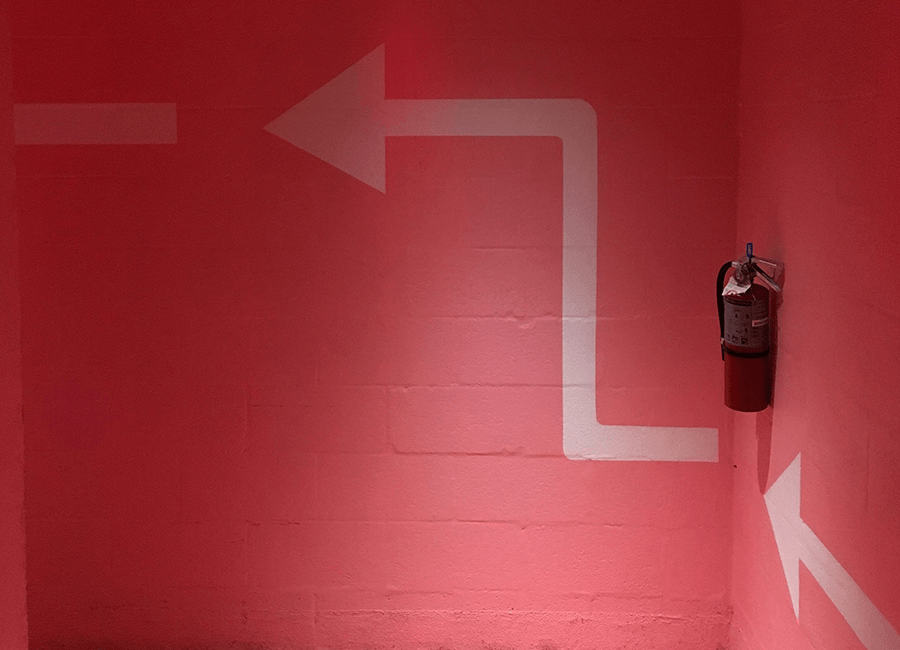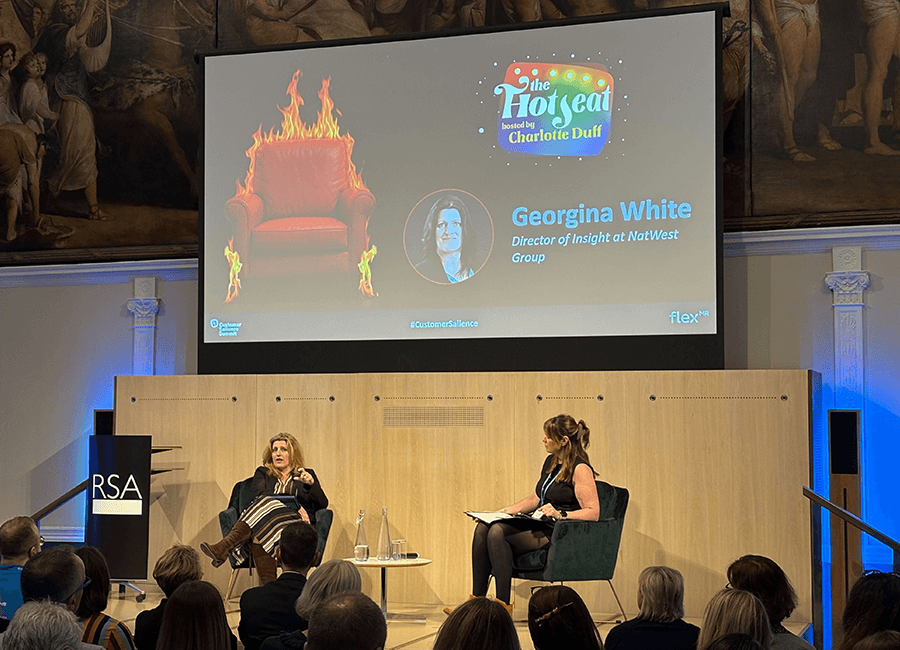The term ‘report’ has very traditional connotations even now. Most people would think of a lengthy written document detailing the minutiae of a situation, experience, process from start to end, with specific analysis and recommendations; that is because we have rinsed the traditional written report for all it’s worth, and now every time we come to it, we can find it bone dry. Its usefulness has run its course.
Creative reporting is probably one of the most underrated significant recent innovations in the insights industry. Hauling traditional reporting into the 21st century has been a huge undertaking, but we have managed to create a number of new reporting methods through innovative thinking and technology. It’s essential for the success of our industry and our clients’ organisations that we adapt our reporting processes so that the insights are more memorable, engaging, and are directly actionable.
Amplifying Insights
Creative reporting formats work to amplify insights within an organisation. This arguably is one of the main insight activation-based goals that insight teams are working towards in all industries and organisations right now. Amplifying the reception and usage of insights within any organisation bodes well for that organisation in a couple of ways: first, the more people listen to the insights generated, the more chance they’ll drive positive change even in small ways in each department and strategy; secondly, the more insights are heard and activated to great effect, the value of insights is realised and the profile of insight teams is raised.
| Tweet This | |
| Creative reporting formats work to amplify insights within an organisation, reaching more stakeholders and influencing more decisions than ever before. |
Both of these results aid insight professionals in creating a culture of insights and informed decisions within organisations, ultimately powering them to success, which is the main overall goal of an insights team. It might take a while to figure out which methods work best for each insight team and their stakeholder organisation, but once they have those methods locked in place then market research will be seen as a valuable resource rather than a cost-centre.
Effective Creative Reporting Formats
It is pivotal the insight professionals make good use of these new hands-on, interesting methods to engage stakeholders more fully within market research, whether that’s through collaboration or simply the report at the end. So, let’s take a look at a few creative reporting formats being experimented with right now:
Insight as Art
This is one of our own inventions at FlexMR, and something we have found to be very effective in sparking conversations throughout organisations. The award-winning Insight as Art campaign was created to see just who far we could push the limits of creativity when presenting insights; the answer? Very far indeed. We were able to provide postcards with unique works of art that were formulated by our team as they sifted through specially generated consumer data on each brand. Over 30 brands took part in this experiment and were delighted by their own bespoke postcard filled with insightful art that was easy to interpret and provided more meaning with each new look.
The feedback we got from brands was astounding. While there were a few brands that took the insights as confirmation of how they know their brand is perceived, for most that took part there was a perception gap between how they wanted to present their brand and the consumers saw the brand. The research we conducted provided real insights for brand stakeholders to take to the board and use to positively inform decisions and drive change.
Challenging conventional thinking in this way, with tangible insights that drive practical change allowed us to break through the noise within the insights industry to prove the value of innovative, creative reporting.
Interactive Approaches
However, this doesn’t mean we were the first to come up with creative reporting; we were simply the first to take it as far as we did. There have been many other creative reporting techniques that pushed the boundaries of insights activation innovation. With technology moving along, we have been able to harness that to create immersive and interactive experiences in research reports.
Something that was once hard to get through all in one sitting can now be an immersive experience. For example, we have video reports (with or without animation depending on the style and engagement techniques preferred by client stakeholders), online research reports with interactive charts, graphs, and data tables so stakeholders can immerse themselves in to break up the monotony of reading, and even virtual experiences. This last reporting method is still quite new and relatively untested due to niche and expense, but it is the perfect medium for putting stakeholders in the customer’s shoes, and allowing stakeholders to experience exactly what customers experience from the comfort of their own office.
Connective approaches
However, interactive approaches don’t always need technology to bridge that gap. Sometimes creating the connection between researcher and stakeholder so communication can flow better can help facilitate creative reporting better than any technological input.
| Tweet This | |
| Instead of the traditional written report, we now have interactive, immersive, and connective ways of reporting quality insights to amplify their influence. |
Insight teams across industries work at different paces, to different stakeholders, and with different priorities, so the one way to make sure insights are a part of the conversation is to be a part of that conversation. Maybe not quite as creative as the others in this first instance, but the methods insight teams use to be a part of the conversation or to stimulate and keep insightful conversations going can be creative.
Insight forums and workshops are two similar methods of creative reporting. As insight teams distributing insights in these events, this also allows stakeholders to ask questions that pop up right there and then about the insights provided, while insight professionals have a chance to guide stakeholders to the right answers while still deferring to their business-specific knowledge to put two and two together. These can be regular events even if new insights haven’t been distributed, and would still work in the favour of insight teams, as older but still relevant insights could be reused time and again to help drive strategic change.


















